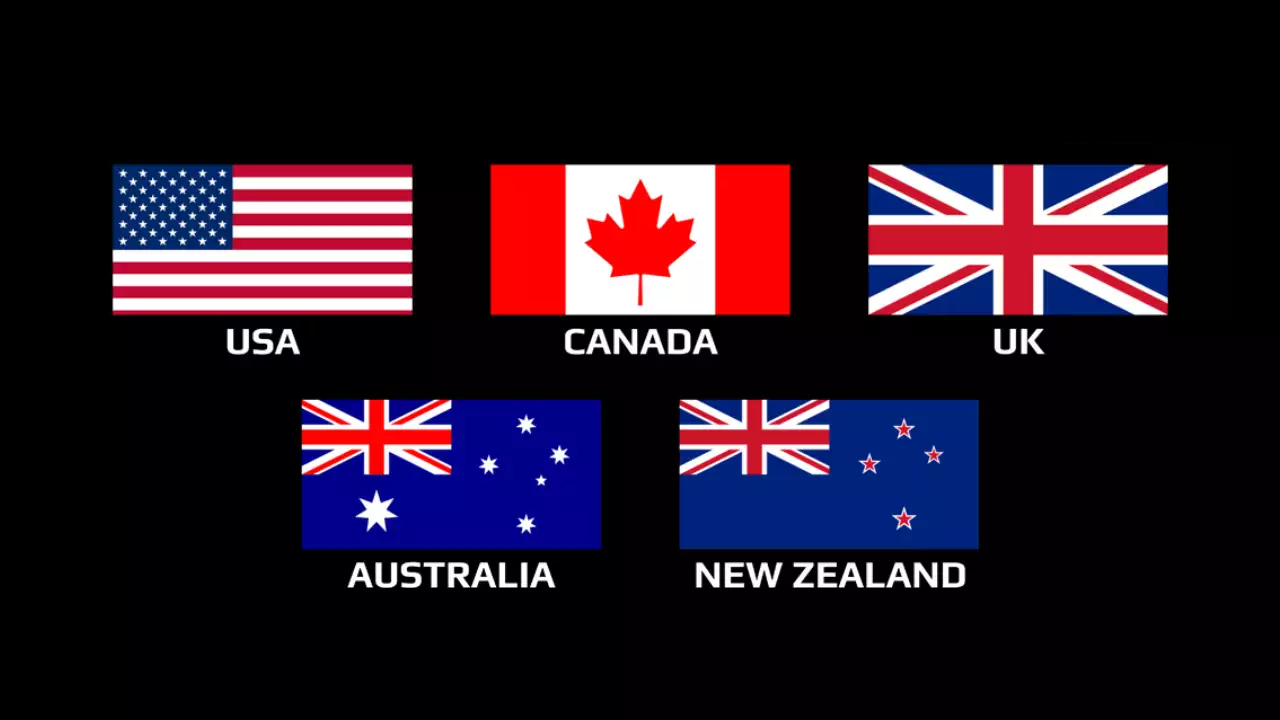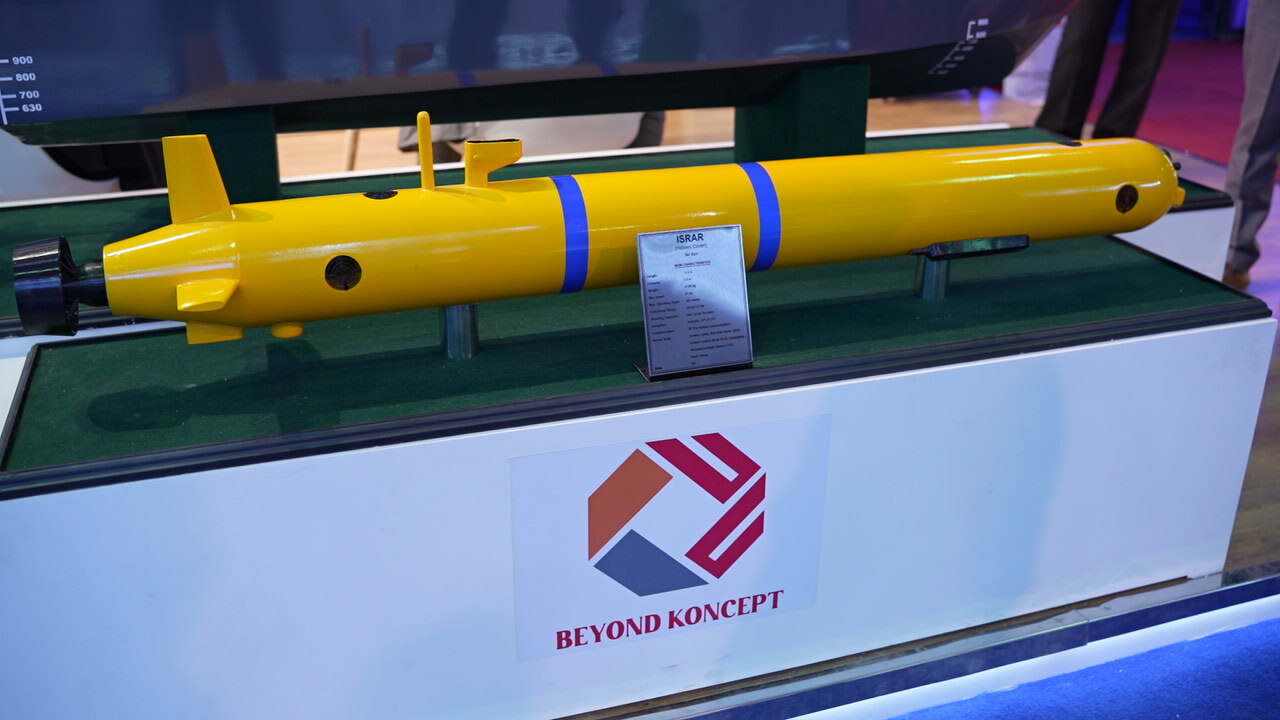The Five Eyes is a multi-lateral intelligence collaboration network of five English-speaking countries. The alliance includes the premier intelligence agencies of the USA, UK, Canada, Australia, and New Zealand, working in close collaboration and synergy to address national security threats and global security dynamics. The primary objective of the Five Eyes intelligence network is to gather, process, analyze, and share communications intelligence with the member states. Hence, the primary area of operations of the alliance deals with Signals Intelligence (SIGINT). However, over time, it became an all-source intelligence network taking into consideration the Human Intelligence, and Geospatial Intelligence, and it started actively conducting Counter Intelligence and Counter-Terrorism activities along with the collection and assessment of Signal Intelligence.
The genesis of Five Eyes is traced back to an agreement between the National Security Agency (NSA) of the USA and the Government Communications Headquarters (GCHQ) of the UK to collaborate in the collection and assessment of communications intelligence to enhance the capabilities of their intelligence services through sharing sensitive information related to security, defense, and geopolitics. it was signed on March 5, 1946. The intelligence arrangement was called the BRUSA/ UKUSA agreement. It mandated the Signal intelligence services of both the USA (NSA) and the UK (GCHQ) to work closely in the collection of traffic, cryptanalysis, decryption, and translation of covert information from various communications platforms. The scope and scale of joint intelligence operations gradually become gigantic, further cementing the bilateral intelligence alliance. The bilateral arrangement transformed into a multilateral intelligence alliance with the addition of Canada’s Communication Security Establishment (CSEC) in 1948, the Australian Signals Directorate (ASD), and the Government Communications Security Bureau (GCSB) of New Zealand in 1956. As a result of the addition of these premier Signals Intelligence Services of the respective countries in the Anglo-American intelligence network, the establishment of Five Eyes (FVEY) came into existence.
In the contemporary era, it is the most enduring and reliable intelligence network covering all the aspects and facets of intelligence and operating worldwide. The unique feature of the FVEY is that it encourages and facilitates the exchange of liaison officers, crypt-analyzed materials and techniques of decryption, covert information, and intelligence personnel among its member agencies. Thus, it continues to grow its capabilities by adopting the latest operating practices, new technologies, and techniques for collecting, decryption, and evaluating coded data.
As far as the operational framework of FVEY is concerned, intelligence operations are conducted under the auspices of joint oversight. For this purpose, the institution of the Five Eyes Intelligence Oversight and Review Council (FIORC) was established within the alliance. It also serves as a platform to facilitate and enhance the exchange of perspectives among the member states and contacts with friends and allies outside the FVEY alliance. As a result of the inclusivity of all other top-notch intelligence services apart from SIGINT services of the member states, the effectiveness and efficiency of FVEY have increased manifold in countering the national security threats facing the member states. Despite the proportionate contribution on the part of each ally and the close interconnectedness of the intelligence activities of the five states, the USA holds the status of primus inter pares. The drivers of the continuity in cooperation in the immensely covert action of sharing sensitive information among the member states include common threat perception, the legacy of trust, and shared perspectives vis-à-vis confronting the perceived adversaries. Interestingly, the areas of operations of each state are geographically determined to avoid duplication of efforts and enhance the productivity of the respective intelligence services.
Furthermore, in the Cold War era, the efforts of the FVEY were concentrated on countering the Soviet Union. Therefore, the capabilities were substantially improved to enhance the interception, acquisition, decryption, and coordination of the intelligence products within the FVEY network. It is pertinent to mention that NATO relied on it as its main intelligence source before the establishment of the Joint Intelligence and Security Division within NATO in 2016. Moreover, the covert mystery surrounding f FVEY was unveiled by Edward Snowden, a former NSA employee, in 2013. He exposed the top-secret documents of the FVEY alliance. As an outcome of this, the FVEY came into the spotlight and faced
intense criticism in the public sphere. Recently, the FVEY played a key role in exposing the involvement of the Government of India (RAW) behind the killing of the pro-Khalistan Leader Hardeep Singh Nijjar on Canadian soil on June 18, 2023. Eventually, it led to Canadian PM Justin Trudeau accusing the government of India of the orchestration of the plot to kill Sikh-separatist Canadian national Hardeep Singh. It was later confirmed by the US ambassador to Canada, David Cohen, in his televised interview with a Canadian news agency.
In addition to the effective intelligence cooperation of the FVEY, it is also confronted with major challenges in ensuring its smooth functioning including the public criticism for breaching the domestic laws and regulations of the member states. Since the intelligence network operates clandestinely to monitor the activities of the subjects of the respective states and share the data with the allies, it is considered to violate domestic privacy and surveillance laws. Therefore, it is believed that the FVEY has become a supranational intelligence organization that is not accountable to domestic and international law.
The institutionalization of intelligence cooperation is undertaken in such a way that the political masters of the respective states do not have the mandate to interfere in the functioning of the FVEY. Hence, the absence of a legal basis and democratic legitimacy to the FVEY intelligence alliance makes it an enigma for the masses to comprehend its mandate and mode of operations, posing a threat to its durability in the future. Furthermore, there is no third-party oversight to review and regulate the covert activities of the FVEY. Nonetheless, it has remained the single most durable intelligence alliance so far. its activities are shrouded in mystery and it deals with the most outstanding threats in all the domains and spheres of geopolitics and national security of its member states. It would be interesting to witness its role in the latest imminent contestation of the Sino-Russian bloc with the long-standing Western allies soon.
Qazi Nashat Akram
Qazi Nashat Akram is an undergraduate student at NDU. His sphere of interest includes defense, security, military affairs, and intelligence.
- Qazi Nashat Akram#molongui-disabled-link
- Qazi Nashat Akram#molongui-disabled-link











